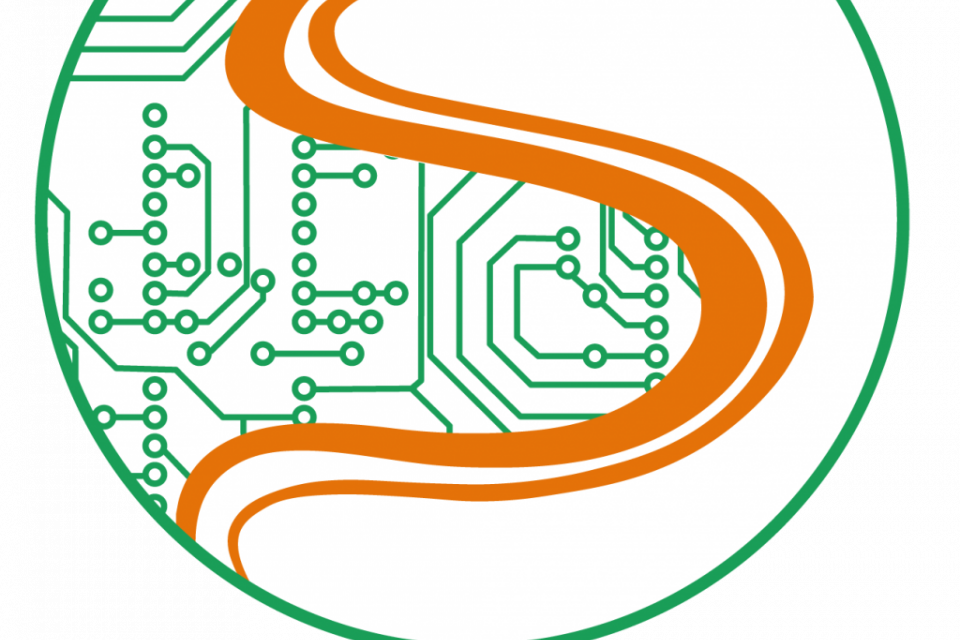Datasets
Standard Dataset
Raymobtime for SSP 2021 paper
- Citation Author(s):
- Submitted by:
- Ailton Oliveira
- Last updated:
- Tue, 05/25/2021 - 18:57
- DOI:
- 10.21227/nvqc-th78
- Data Format:
- Links:
- License:
 417 Views
417 Views- Categories:
- Keywords:
Abstract
Some 6G use cases include augmented reality and high-fidelity holograms, with this information flowing through the network. Hence, it is expected that 6G systems can feed machine learning algorithms with such context information to optimize communication performance. This paper focuses on the simulation of 6G MIMO systems that rely on a 3-D representation of the environment as captured by cameras and eventually other sensors. We present new and improved Raymobtime datasets, which consist of paired MIMO channels and multimodal data. We also discuss tradeoffs between speed and accuracy when generating channels via ray-tracing. We finally provide results of beam selection and channel estimation to assess the impact of the improvements in the ray-tracing simulation methodology.
Codes and Data for the paper: Klautau, A., Oliveira, A., Pamplona, I. & Alves, W.. Generating MIMO Channels For 6G Virtual Worlds Using Ray-Tracing Simulations. IEEE Statistical Signal Processing Workshop, 2021.
Raymobtime is a methodology for collecting realistic datasets for simulating wireless communications. It uses ray-tracing and 3D scenarios with mobility and time evolution, for obtaining consistency over time, frequency and space. We incorporate simulations of LIDAR (via Blensor), cameras (via Blender) and positions to enable investigations using machine learning and other techniques. We have been using Remcom’s Wireless Insite for ray-tracing and the open source Simulator of Urban Mobility (SUMO) for mobility simulation (of vehicles, pedestrians, drones, etc). We also use Cadmapper and Open Street Map to simplify importing realistic outdoor scenarios.
Dataset Files
- beam_selection.zip (30.90 MB)
- channel_estimation.zip (363.42 MB)






